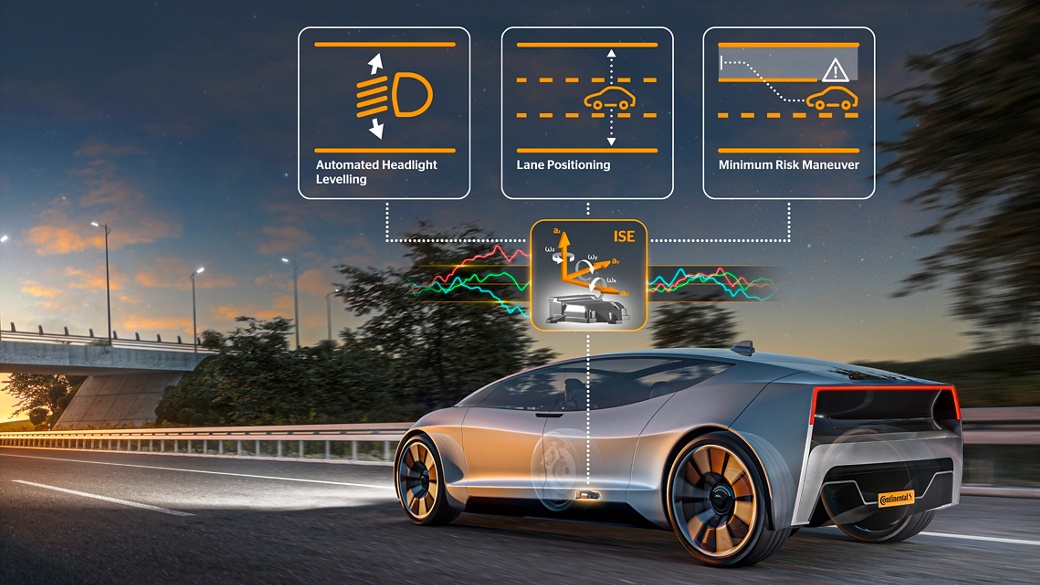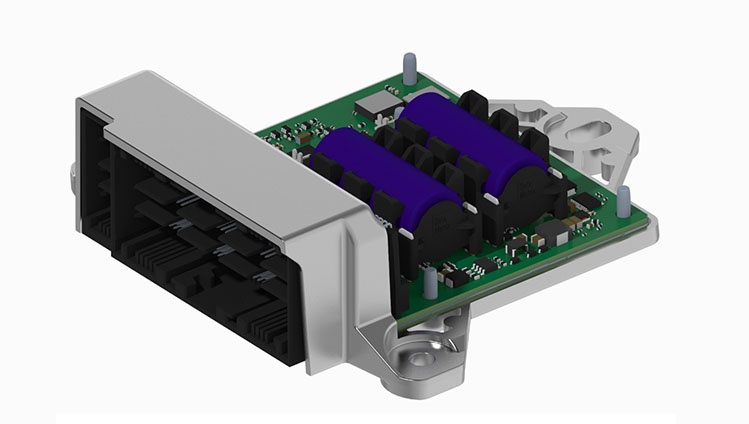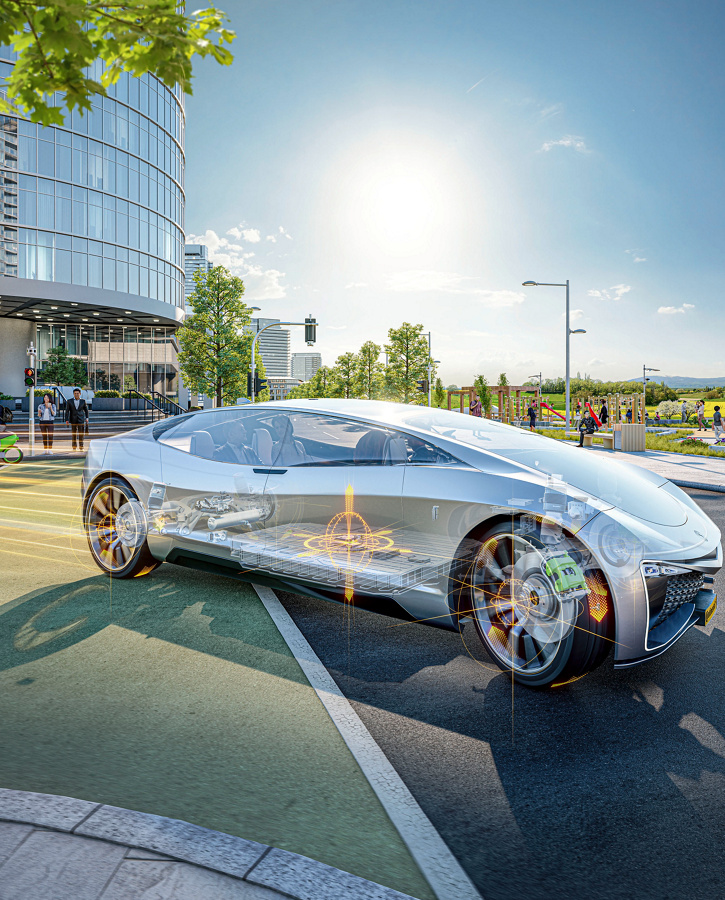Sensor technologies and sensor applications have a long and successful tradition with Continental Automotive. Reliable, innovative, high-performing, robust, and economic sensor solutions provide the basis for many safety-relevant functions in the car. For decades, Continental Automotive has developed and industrialized sensors for advanced safety and motion applications.
We call this “empowering sensors” because using a sensor for a new application means widening the capabilities of that sensor and its technology. This can be done in several ways. In some cases, it is all about using a sensor cell and industrializing it for the specific requirements of a new automotive application. A core part of that is to balance the performance, the production cost and cost in general while ensuring the highest quality and reliability.
Another way of empowering a sensor is to improve its performance, for instance, by adding clever software. For both strategies to empower a sensor there are attractive new examples. Read on!
In short: Readying sensors for new applications and improving their performance is one of Continental Automotive’s long-standing strengths.
Empowering Sensors
Integrated Sensor Enhancement (ISE)

Every sensor has its limits, and that is a fact. Ideally, the silicon would deliver exactly the readings which are equivalent to the measurand’s behavior. In the real world, physics and cost considerations almost always advocate a trade-off.
Algorithms Empower the Sensor Cluster
Continental Automotive is developing a set of algorithms which adjust the ACU sensor signals by checking them against longitudinal and lateral models. As a result of extended filtering and correlation with further signal sources, the Integrated Sensor Enhancement (ISE) provides a second signal-out with an adjusted combo signal. This signal’s precision is better by a magnitude than the unfiltered signal used for, e.g., ESC:
During ISE function validation in a vehicle the worst-case sensor offset was thus reduced from 1 m/s2 for acceleration and 3°/s for angular rates to an impressive <0.05 m/s2 for Z acceleration and <0.05 °/s for angular rate. X and Y acceleration were reduced to 0.1 m/s2.
This precision is achieved within the first 20 minutes of vehicle operation because the ISE is a learning system: It adapts to the actual offset of the individual sensor cluster and compensates it through filtering. The system is self-monitoring and recognizes its level of learning.
So, by adding clever algorithms to an existing and proven MEMS sensor cluster a new function such as Headlight Levelling (HLL) gets the signal-in it requires.
In short: Sensor cluster and ISE software are a winning team!
Features of the ISE
(Integrated Sensor Enhancement - ISE)

- The ISE algorithms adjust the ACU sensor cluster signal to compensate sensor offset.
- The adjusted ISE signals for 3D rotational rates and acceleration are more precise by a magnitude, compared to the original MEMS signals.
- During the first minutes of vehicle operation, the ISE algorithms learn the individual sensor offsets and adjust the signal from the individual sensor.
- Oncoming requirements like UN-R 48 which demands automated HLL for all vehicles, necessitate the ISE level of precision. Empowering the sensor through software is the answer.
Do you want to know more?
*If the contact form does not load, please check the advanced cookie settings and activate the functional cookies for the purpose of contact management.
